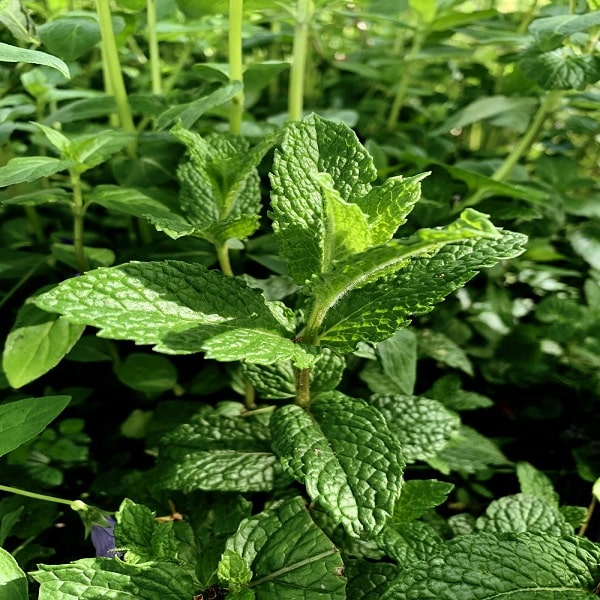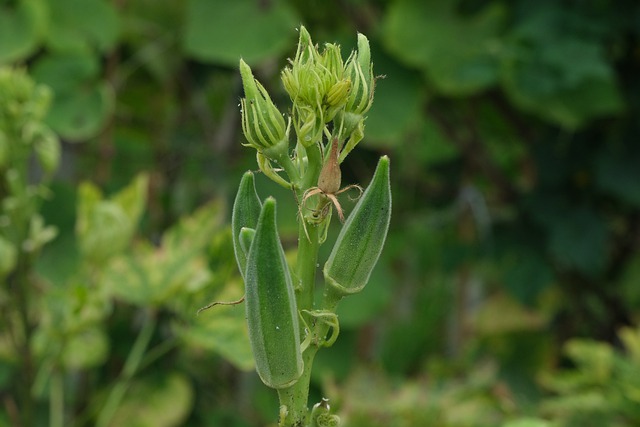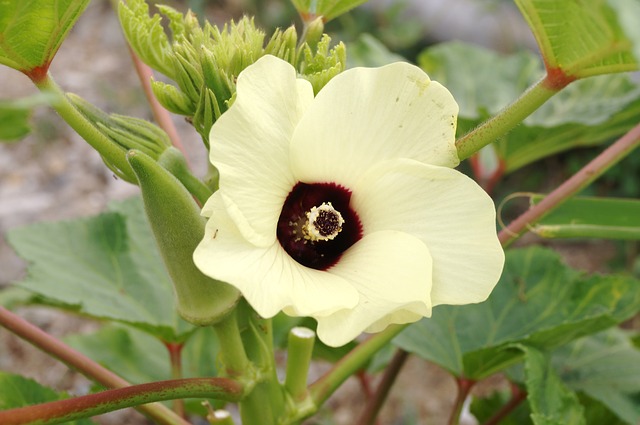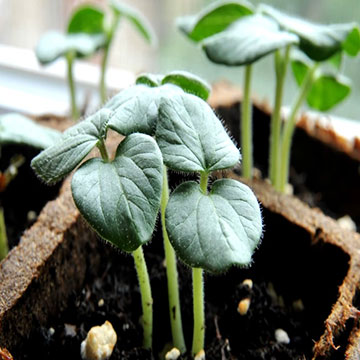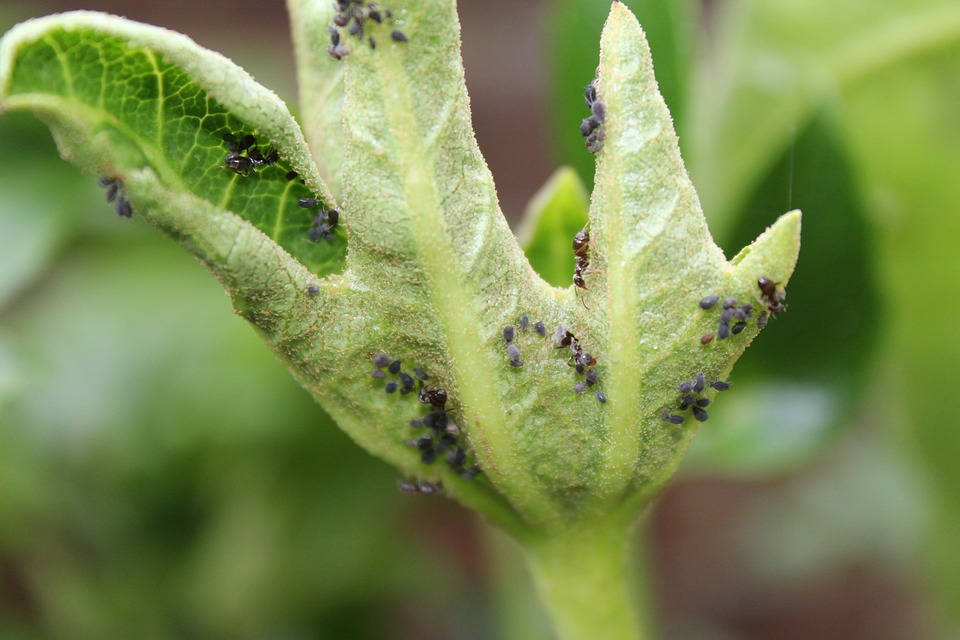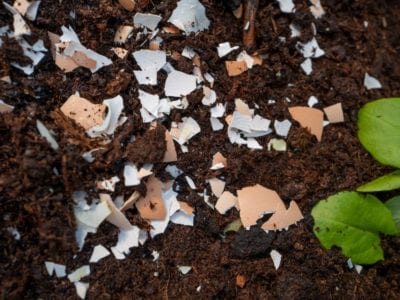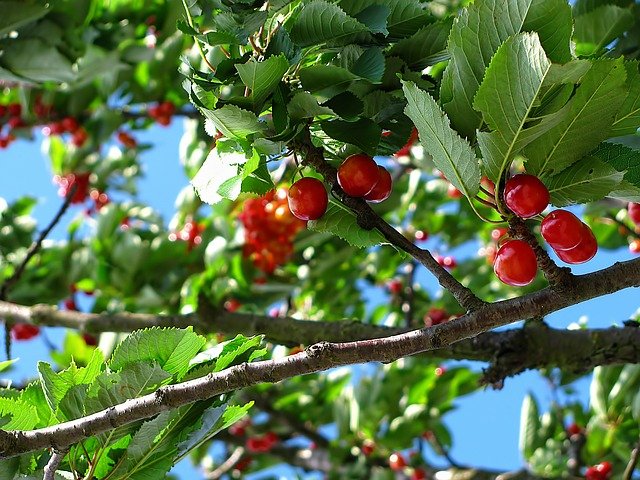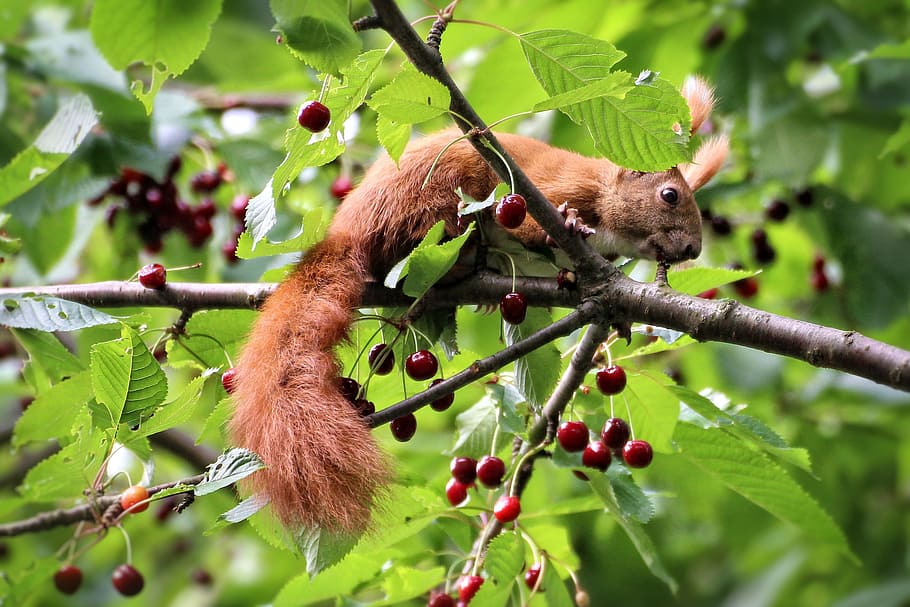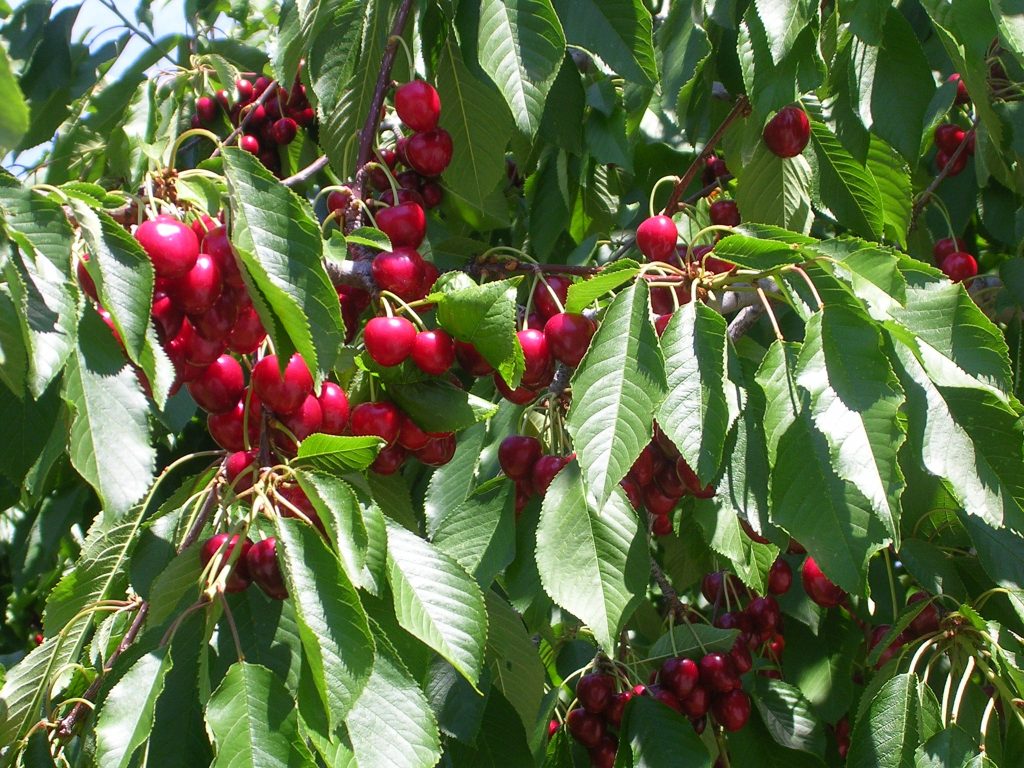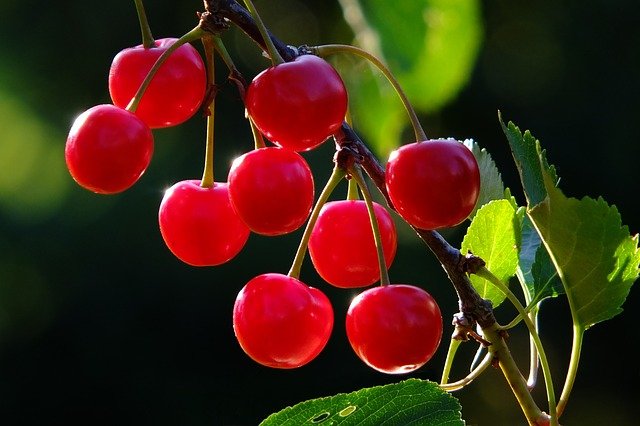Mint is a tasty, versatile herb used to flavor a fruit salad, lamb or fish dish, or even an iced tea or cocktail and you should know how to grow mint. Mint comes in various flavors, each of which is simple to care for and can last for several years if properly cared for.
However, if left to grow unchecked, the plant may become invasive and compete for nearby plants’ resources. To grow mint, you’ll need to either plant it in containers or find a way to keep its roots from extending too far below ground. Know about how to grow mint and make your garden greener.
List of things you should take care of for mint plant
Light Mint grows best in part shade, but it can be grown in full sun if watered regularly. Planning to know about how to grow Mint at home should include the following steps.
Know about the things you should consider before growing Mint.
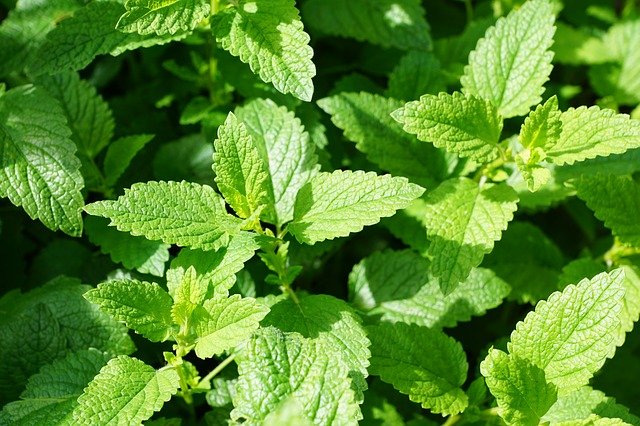
- The soil
Mint grows best in a thick, slightly acidic soil with a pH of 6.5 to 7.0.
If the soil is deficient, top-dress with the organic matter once a year and add an organic fertilizer after shearing in the middle of the season. You can also grow Mint from cuttings.
- Source of water
Mint needs consistently moist soil with good drainage. Mint plants love water, but they can’t tolerate wet feet or soggy dirt.
It’s probably best to water the plants first thing in the morning so that they have plenty of moisture by the time the afternoon sun arrives.
- Humidity and Temperature
The hardiness of your mints can vary depending on the species, but they are very adaptable. Peppermint is a hardy plant that can withstand the cold in USDA hardiness zone 3.
Spearmint is the best heat-tolerant plant and can be grown in zones 11 and 12. Increase humidity by m if you’re raising Mint indoors. You should know how to care for the mint plant.
- Type of fertilizer
As new growth emerges in the early spring, feed container mint a healthy, all-purpose liquid fertilizer. After that, fertilize every four to six weeks for the rest of the growing season. Potted plants that are constantly watered lose nutrients more quickly.
How can you grow Mint?
Mint is a fast-growing plant that prefers an organically rich, well-draining soil with a pH of 6.0 to 7.0. USDA Hardiness Zones 3–8 are suitable for the plants. Plants prefer full to partial sun, and variegated varieties can need shade from the hot afternoon sun.
Feed with a portion of all-purpose, water-soluble plant food, such as 10-10-10, until new growth emerges in the spring (NPK). If required, fertilize again in the middle of the growing season. Harvest leaves regularly after the plants have formed themselves.
How can you grow plants in containers?
Mint plants in containers should be spaced 12 to 24 inches apart in the garden to keep growth under control. You can use wide containers with a diameter of 8 to 24 inches and a similar width.
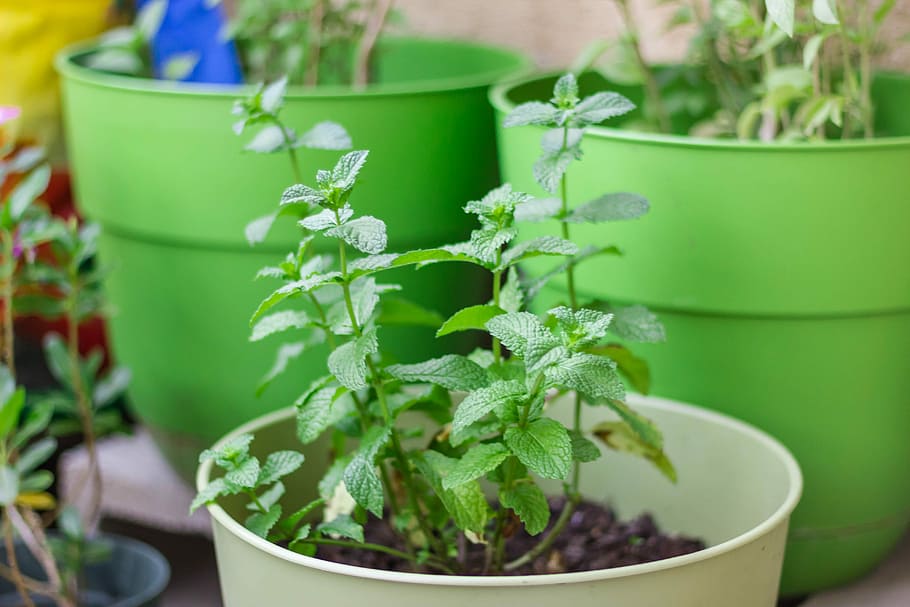
The boxes should be sunk into the garden beds, with the top two inches of the rim remaining above ground. This prevents runners from escaping and establishing new plants in fertile soil. To boost drainage, amend the soil with 1/3 aged compost or other rich organic matter and 1/3 landscape sand.
To avoid the roots from resting in water, make sure there is plenty of material covering the drainage holes in the pots, such as coir, pebbles, or broken pottery. To prevent the roots from spreading through the drainage holes, turn the banks in the ground every 14 to 28 days.
Must Read: How To Grow Cilantro
How can you take care of your mint plant?
To keep the plant from taking over, bury some metal flashing or landscape edging 8 inches deep around it. Mulch potted and in-ground plants with a 2-inch layer of straw to keep weeds at bay and maintain moisture.
Mint plants can survive a light freeze, but their top growth may die back in the winter. If your winters are rough, cut back stems to the ground in the fall and cover with a 2-inch layer of mulch. You should also be aware of how to grow Mint at home.
Can we grow the mint indoors?
If necessary, add 1/3 of landscape sand to help with drainage. You should know that how to grow Mint indoors. Ensure that the bottom of the pots has plenty of drainage material, such as broken pottery, gravel, or pebbles, and that the soil is moist but not wet.
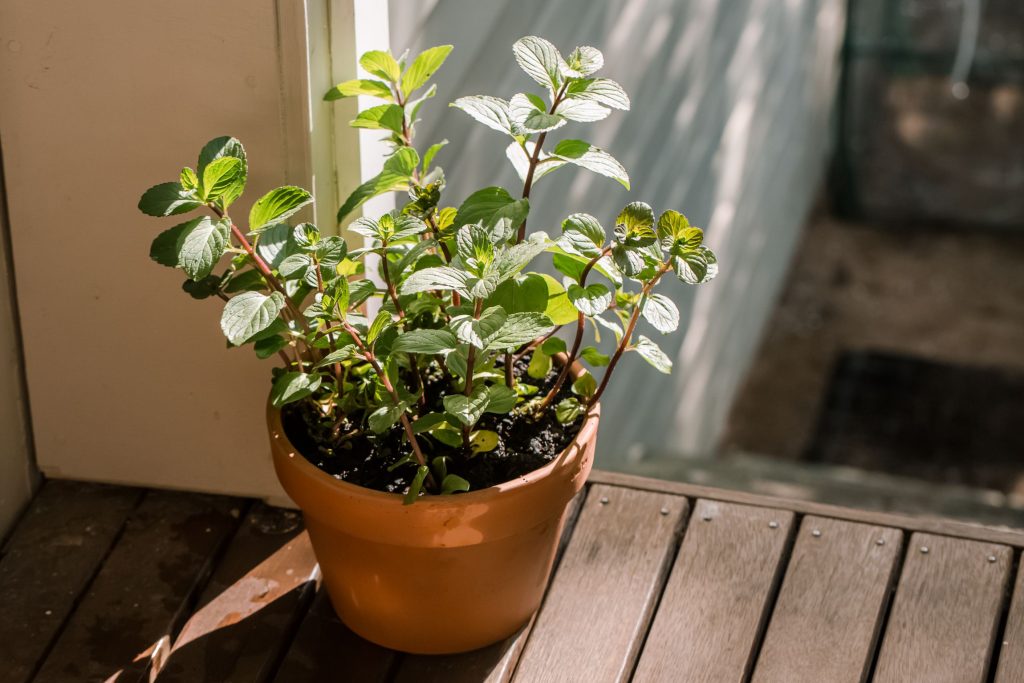
Fertilize in the spring and again in the middle of the growing season with an all-purpose liquid plant food like 10-10-10 (NPK). Give your containers some afternoon shade to avoid heat stress and ensure a consistent harvest. Plants in containers should be divided every 3 to 4 years to keep them healthy.
How can you take care of your mint plant?
Keep the following tips in mind for fast growth and a plentiful harvest.
- Enable the soil to remain moist; these plants need a lot of moisture.
- In places where the sun is hot in the afternoon, have some light shade.
- Plants can be kept from spreading by growing them in containers or using landscape barriers. The mint growing season is autumn.
- To attract pollinators, encourage some plants to flower in the garden.
- To help plants conserve moisture, cover them with a 2-inch layer of mulch.
Harvesting of mint plant
If you’re starting from seed, this should take about two months, but if you’re buying nursery plants, it should take less time. To avoid weakening the plants and bringing them into decline, never harvest more than one-third of the plant at a time. You should be aware of when you can start harvesting Mint.
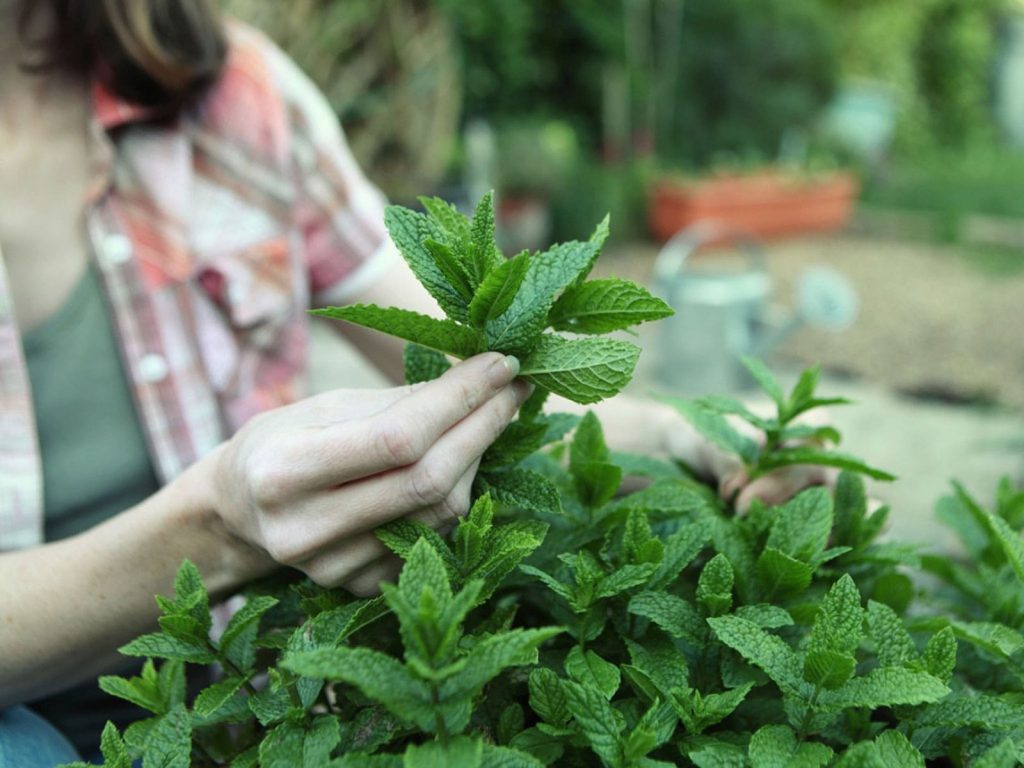
As required, snip sprigs and leaves. If you don’t harvest your Mint regularly, shearing it in the middle of the season would greatly help it. You’ll probably see the stems getting longer and the leaves getting shorter at some point. Now is the time to cut the plants back by one-third to one-half of their original size. This will motivate them to send out new messages.
Conclusion
Mint doesn’t need anything other than moisture and fertile soil. It’s difficult to destroy a mint plant. If you let it, it will take over your backyard. To keep the plants lush with leaves, harvest or shear them.
Sow seeds outdoors in late spring or indoors eight to ten weeks before the last frost. Maintain a moist atmosphere before the seed germinates. Mint seed takes 10 to 15 days to germinate. Within two months, seed-grown plants should be ready to harvest.

